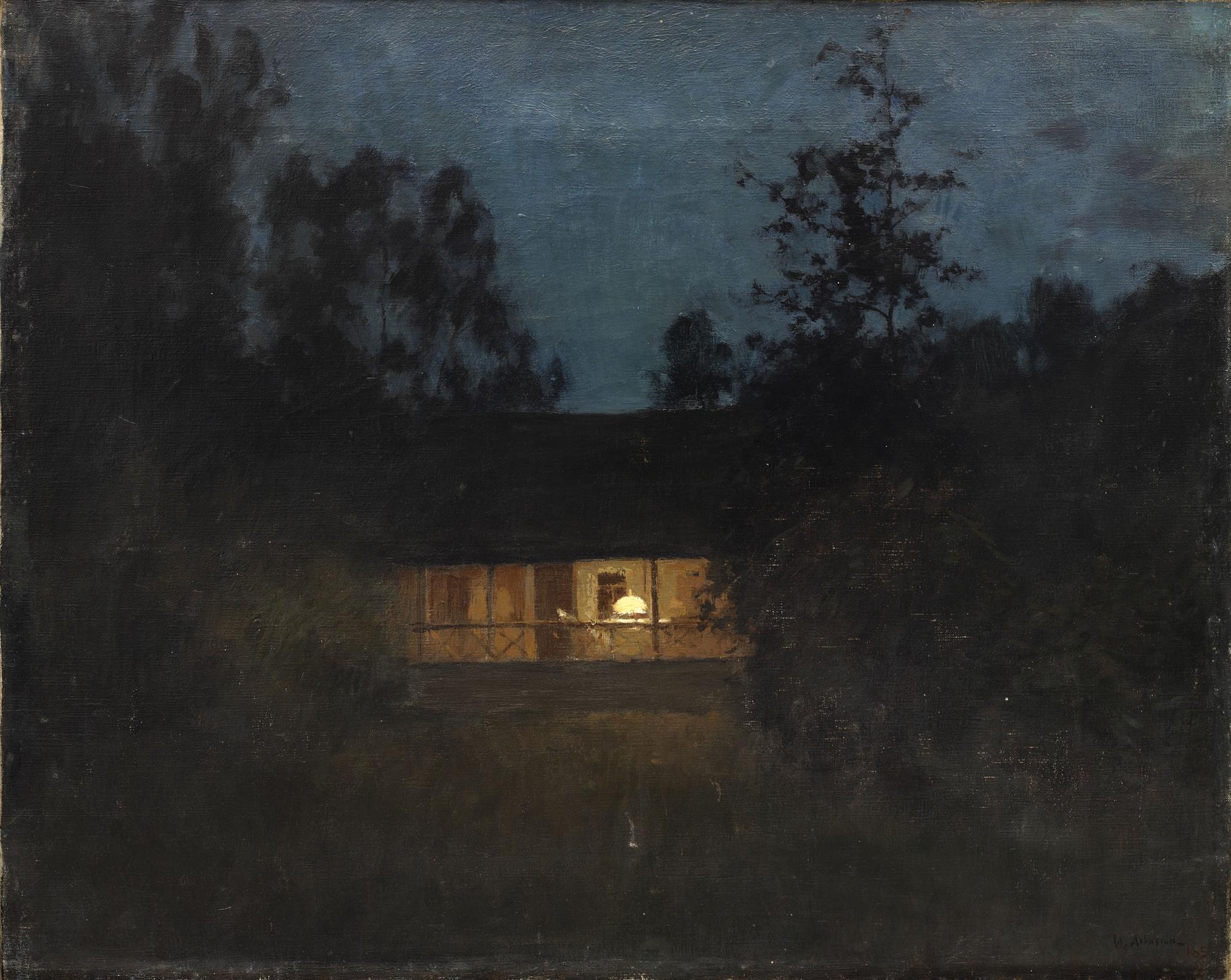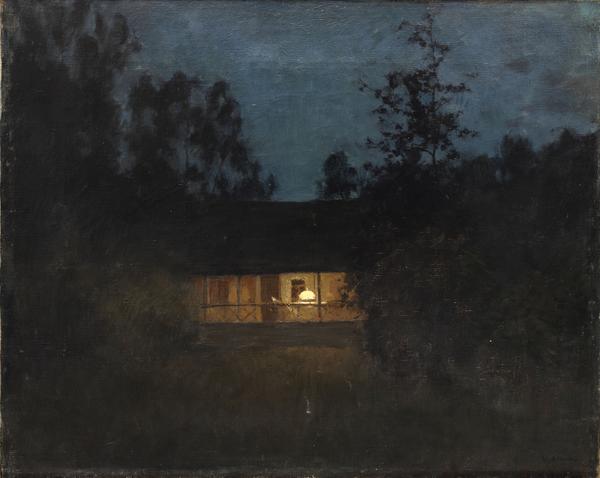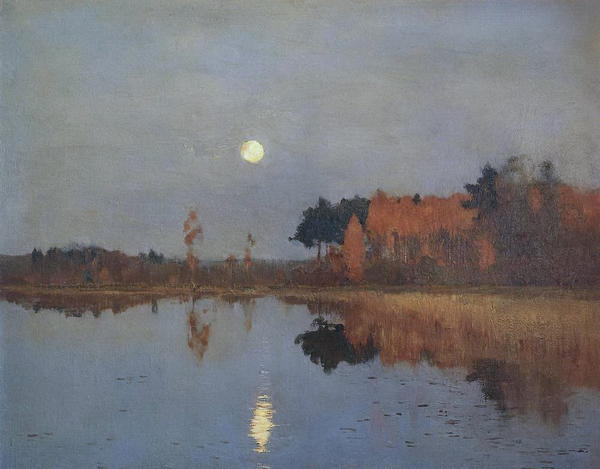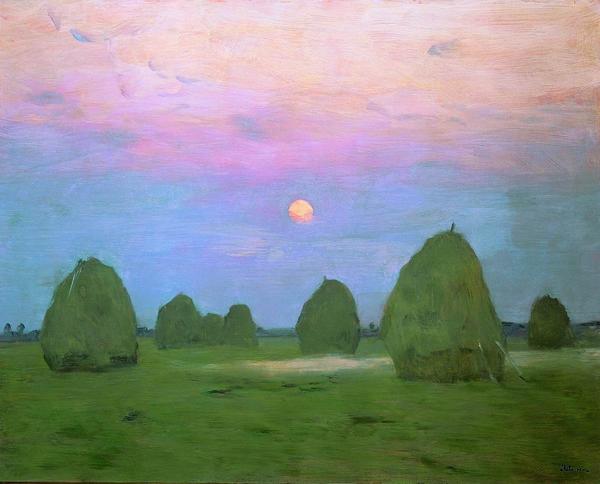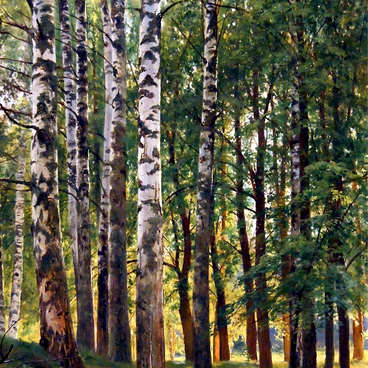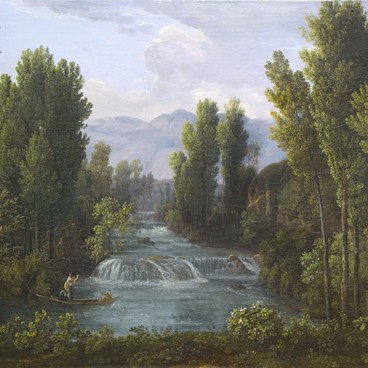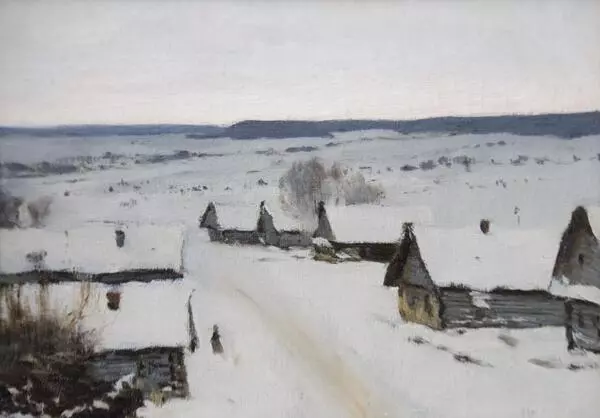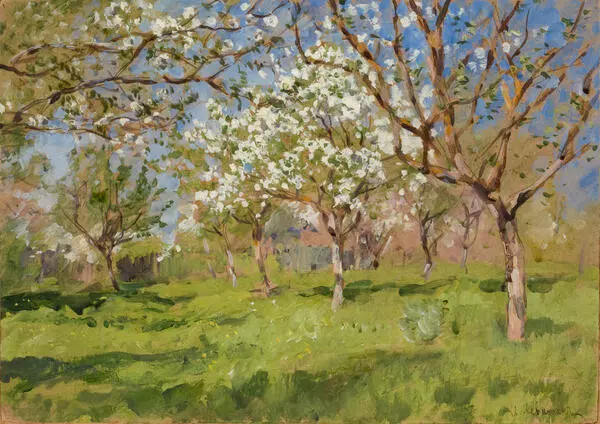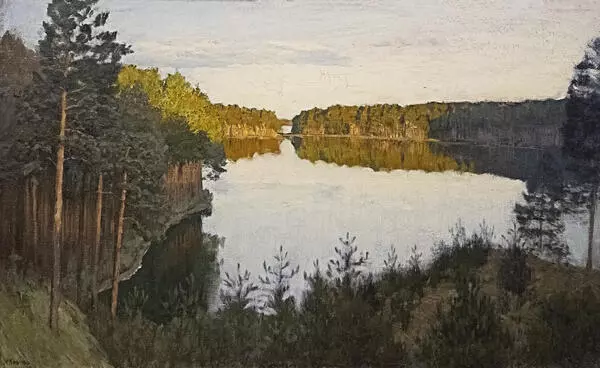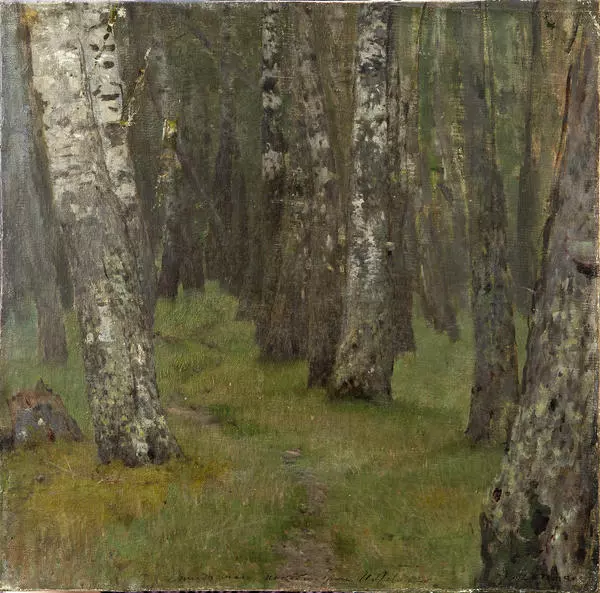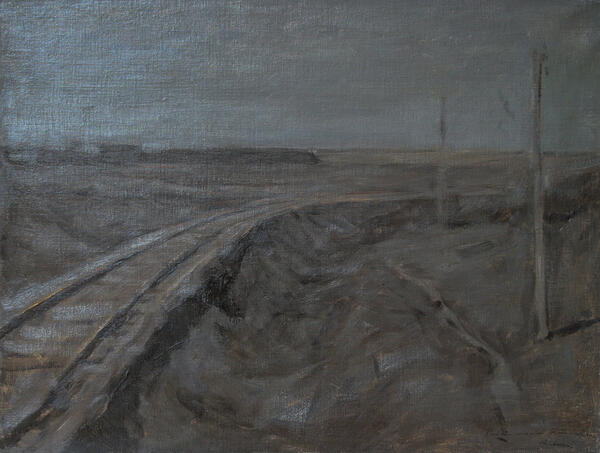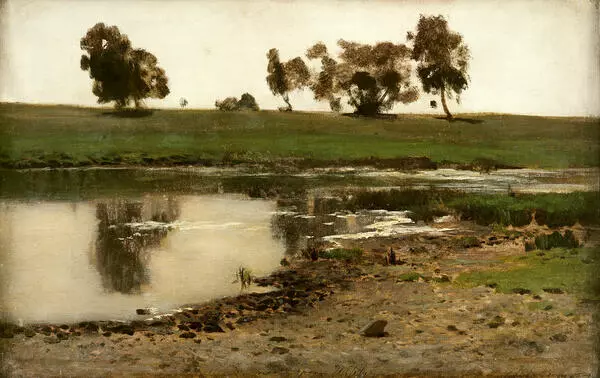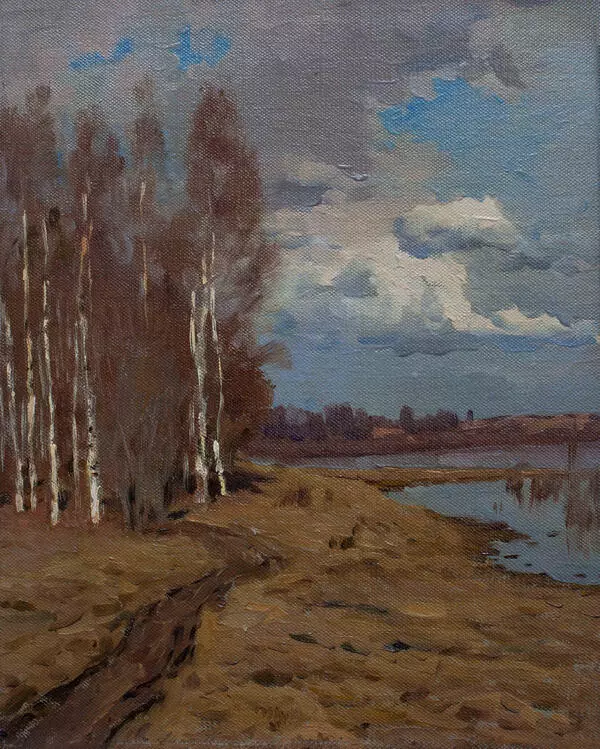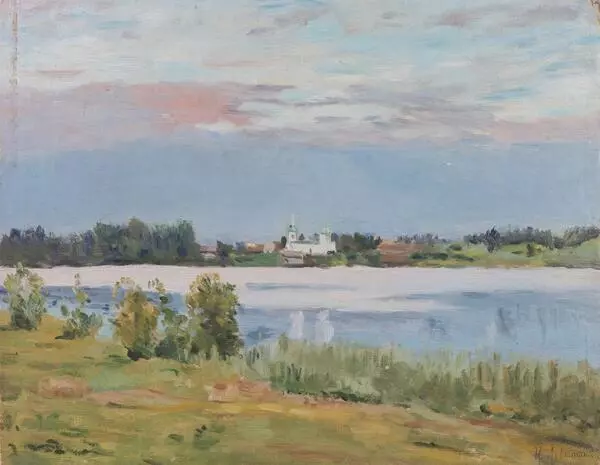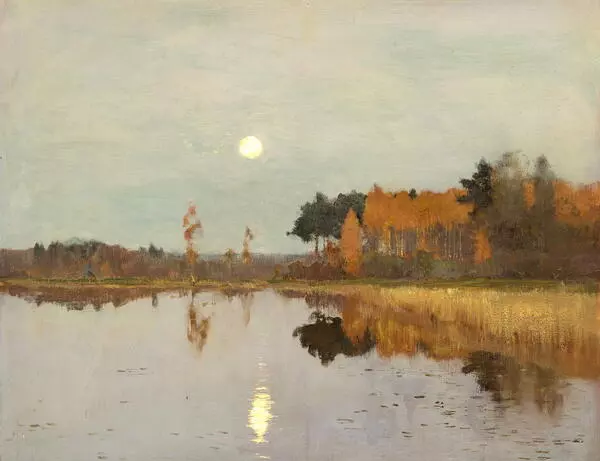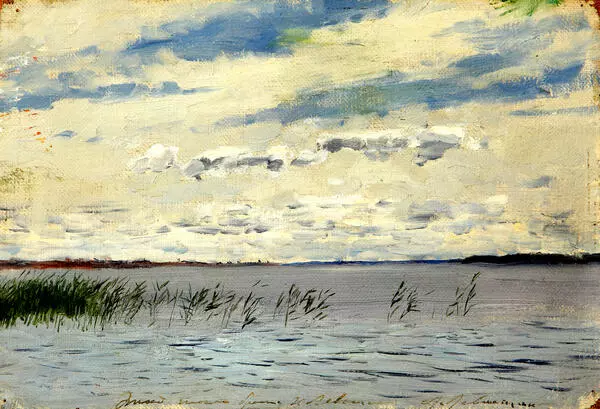Isaac Levitan painted At the dacha at dusk in the 1890’s. At the center of the composition, he placed a lamp illuminating the veranda, and merged together the trees on either side as dark blots of color. In this landscape, the artist valued the interplay of light and darkness rather than precision of detail.
Researchers have failed to identify the dacha that features in the painting. Levitan loved to visit different countryside locations. He used to stay with his friend Anton Chekhov in Yalta, and sometimes he rented cottages together with his students in Sokolniki, Kuskovo and Novogireyevo to live and work on studies.
Researchers have failed to identify the dacha that features in the painting. Levitan loved to visit different countryside locations. He used to stay with his friend Anton Chekhov in Yalta, and sometimes he rented cottages together with his students in Sokolniki, Kuskovo and Novogireyevo to live and work on studies.
